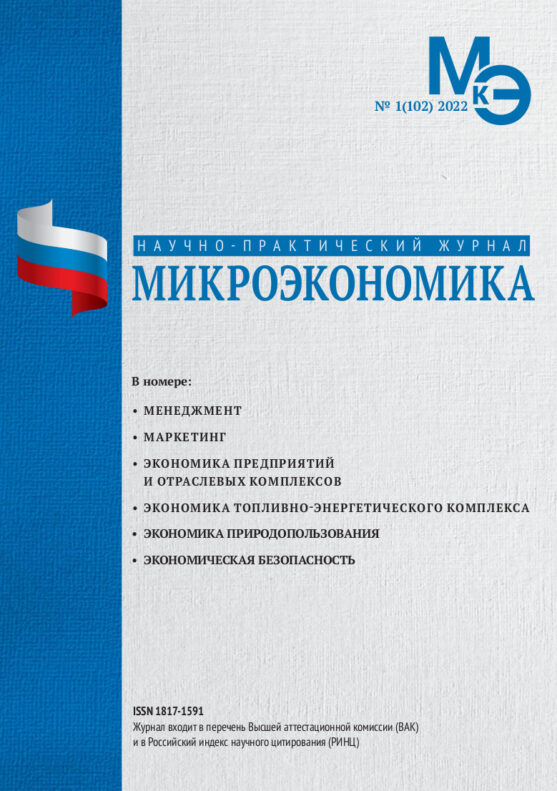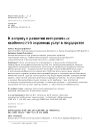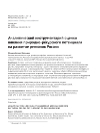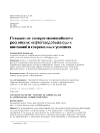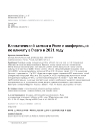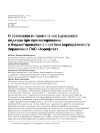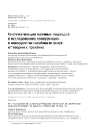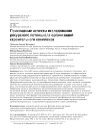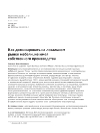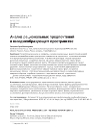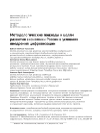On the question of the development of historical features security services in the state
DOI: 10.33917/mic-1.102.2022.113-121
The article discusses the history of the development of security services, defines the first forms of implementation of security functions and their evolutionary changes. The authors proposed a definition of the concept of the security services market, identified the dominant elements of the security services market, which include physical, economic, technical protection and information security. Modern problems of organizing the protection of objects are interconnected with the level of legal awareness, legal culture and law-abidingness, which form the mentality of the nation. The structure of the security services market includes departmental and non-departmental security, as well as private security organizations and civil law institutions of insurance and storage. The functioning of the market of security services in foreign countries is due to the desire of the state to reduce the cost of maintaining the police due to the large number of employees of private security structures, leaving behind a monopoly on security.
References:
1. Agafonov D.V. The history of the creation of private security organizations in Russia // Science-2020. 2020;1 (37):45-49. (In Russ.).
2. Alexandrova T.V. Analysis of the features of the activity of private security organizations in the market of security services in the Perm Territory / T.V. Aleksandrova, E.S. Leiberova // Economics and business: theory and practice. 2021;4-1:27-31. (In Russ.).
3. Blyasova, I.Yu. The problem of family education as a factor in the prevention of juvenile delinquency // Man: crime and punishment. 2012; 2:60-64. (In Russ.).
4. Laws of the Grand Duke Ivan Vasilyevich and the grandson of his tsar Ivan Vasilyevich / ed. K. Kalaidovich, P. Stroev.: Moscow, 1819. URL: https://www.prlib.ru/item/411779
5. History of the Ancient East. Texts and Documents: Textbook. / ed. IN AND. Kuzishchina. – Moscow: Higher School, 2002. P. 167-190. (In Russ.).
6. Monuments of Roman law: Laws of 12 tables. Guyanese Institutions. Digests of Justinian. Moscow: 3ertsalo, 1997. 608 p. (In Russ.).
7. Manual for the study of Russian Truth / ed. M.N. Tikhomirov. Moscow: Moscow University Publishing House, 1953. 192 p. (In Russ.).
8. Russian legislation of the X-XX centuries: In 9 volumes. Volume 1. Legislation of Ancient Russia / ed. V. L. Yanin. Moscow: Legal Literature, 1984. 430 p. (In Russ.).
9. Code of Laws of the XV-XVI centuries / ed. B. D. Grekov. Moscow: Academy of Sciences of the USSR, 1952. 619 p. (In Russ.).
10. Reader on the General History of State and Law: In 2 volumes / ed. K. I. Batyr and E. V. Polikarpova. Moscow: Jurist, 1996. T. 1. 391 p. (In Russ.).


